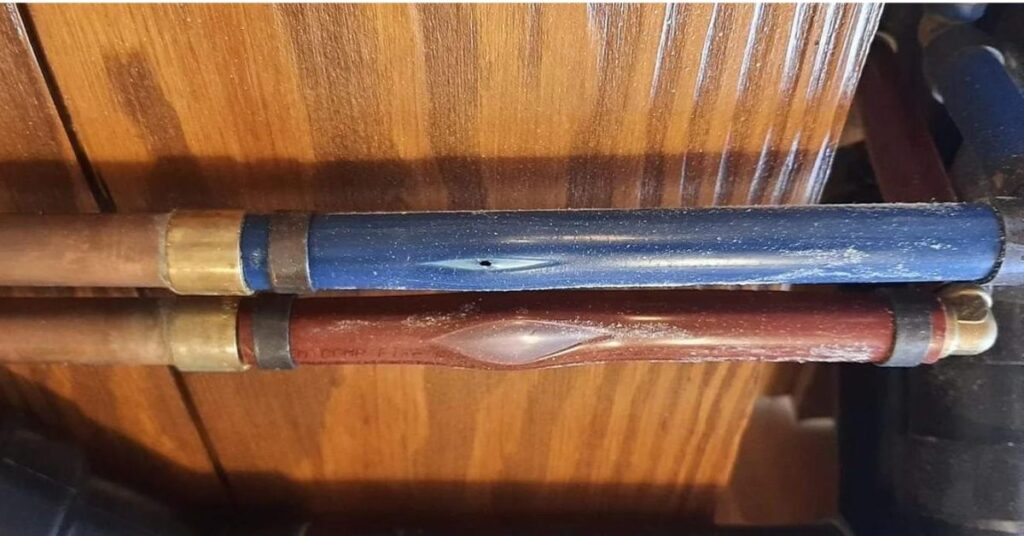PEX (cross-linked polyethylene) plumbing has become a popular choice for residential and commercial plumbing due to its flexibility, ease of installation, and resistance to corrosion and scaling. However, one common question arises: Will PEX plumbing freeze? This blog will explore the factors affecting the likelihood of PEX plumbing freezing, how it compares to other types of plumbing, and what measures can be taken to prevent freezing.
What is PEX Plumbing?
PEX plumbing is made from high-density polyethylene that undergoes a cross-linking process to enhance its durability and flexibility. PEX pipes are available in various sizes and colors, typically red for hot water, blue for cold water, and white for general use. They can be easily bent and maneuvered, making them ideal for tight spaces and complex installations.
Why Pipes Freeze
Before diving into the specifics of PEX, it’s essential to understand why pipes freeze. When temperatures drop below freezing, the water inside pipes can freeze, expand, and create pressure that can cause pipes to burst. The likelihood of freezing depends on several factors:
- Temperature: The lower the temperature, the higher the risk of pipes freezing.
- Insulation: Pipes that are not properly insulated are more susceptible to freezing.
- Location: Pipes located in unheated areas, such as attics, basements, or exterior walls, are at greater risk.
- Water Flow: Running water is less likely to freeze than standing water.
PEX Plumbing and Freezing
PEX plumbing is generally more resistant to freezing compared to traditional copper or PVC pipes. Here’s why:
- Flexibility: PEX pipes are flexible and can expand slightly when water freezes inside them. This expansion reduces the likelihood of the pipes bursting under pressure.
- Thermal Conductivity: PEX has lower thermal conductivity than metal pipes, meaning it does not transfer heat as quickly. This property helps PEX pipes stay warmer longer in cold conditions.
- Installation Methods: PEX pipes can be installed without the need for joints or fittings in exposed areas, reducing the potential weak points where freezing might cause bursts.
Preventing PEX Plumbing from Freezing
While PEX is more resistant to freezing, it is not immune. Here are some steps to prevent PEX plumbing from freezing:
- Proper Insulation: Ensure that all PEX pipes, especially those in unheated areas, are adequately insulated. Foam pipe insulation sleeves are an effective way to protect pipes from cold temperatures.
- Seal Gaps and Cracks: Check for any gaps or cracks in walls, floors, and foundations where cold air might enter. Sealing these openings can help keep the plumbing system warmer.
- Maintain a Consistent Temperature: Keep your home’s thermostat set to a consistent temperature, even when you’re away. This practice helps maintain a stable temperature around your pipes.
- Allow Faucet Drip: During extremely cold weather, allow a small drip from faucets connected to PEX pipes. The continuous flow of water can prevent freezing.
- Open Cabinet Doors: If you have PEX pipes under sinks or in cabinets, open the doors to allow warm air to circulate around the pipes.
- Heat Tape: In areas where freezing is a significant concern, consider using electric heat tape or cable specifically designed for pipes. This tape can be wrapped around the PEX pipes and plugged in to provide consistent warmth.
Comparing PEX to Other Plumbing Materials
- Copper: Copper pipes are rigid and can burst easily when frozen. They also conduct heat more rapidly, making them more prone to freezing. However, copper is durable and has been used in plumbing for decades.
- PVC/CPVC: PVC and CPVC pipes are more brittle and can crack or burst when frozen. They also have higher thermal conductivity than PEX, making them more susceptible to freezing.
- Galvanized Steel: Galvanized steel pipes are less common today but are highly prone to rust and corrosion, which can lead to weak points and increase the risk of bursting when frozen.
What to Do if PEX Pipes Freeze
If you suspect that your PEX pipes have frozen, it’s essential to act quickly to prevent damage:
- Locate the Frozen Section: Identify where the pipe is frozen. Look for sections that are cold to the touch or have frost on them.
- Turn Off the Water Supply: Shut off the main water supply to prevent any potential flooding if the pipe bursts.
- Apply Heat: Use a hairdryer, heat lamp, or electric heating pad to gently warm the frozen section of the pipe. Never use an open flame or high heat source, as this can damage the pipe.
- Open Faucets: Open the faucets connected to the frozen pipe. This helps relieve pressure and allows the water to flow once it begins to thaw.
- Check for Leaks: Once the pipe is thawed, inspect it for any leaks or damage. If you find any, it’s crucial to repair or replace the damaged section promptly.
Read More: Is Copper Plumbing Bad?
Conclusion
Will PEX plumbing freeze? While PEX plumbing is more resistant to freezing compared to other materials, it is not entirely immune. Proper insulation, consistent temperature maintenance, and preventive measures can significantly reduce the risk of PEX pipes freezing. If you live in an area prone to extremely cold weather, taking these precautions can help ensure that your plumbing system remains intact and functional throughout the winter months.


